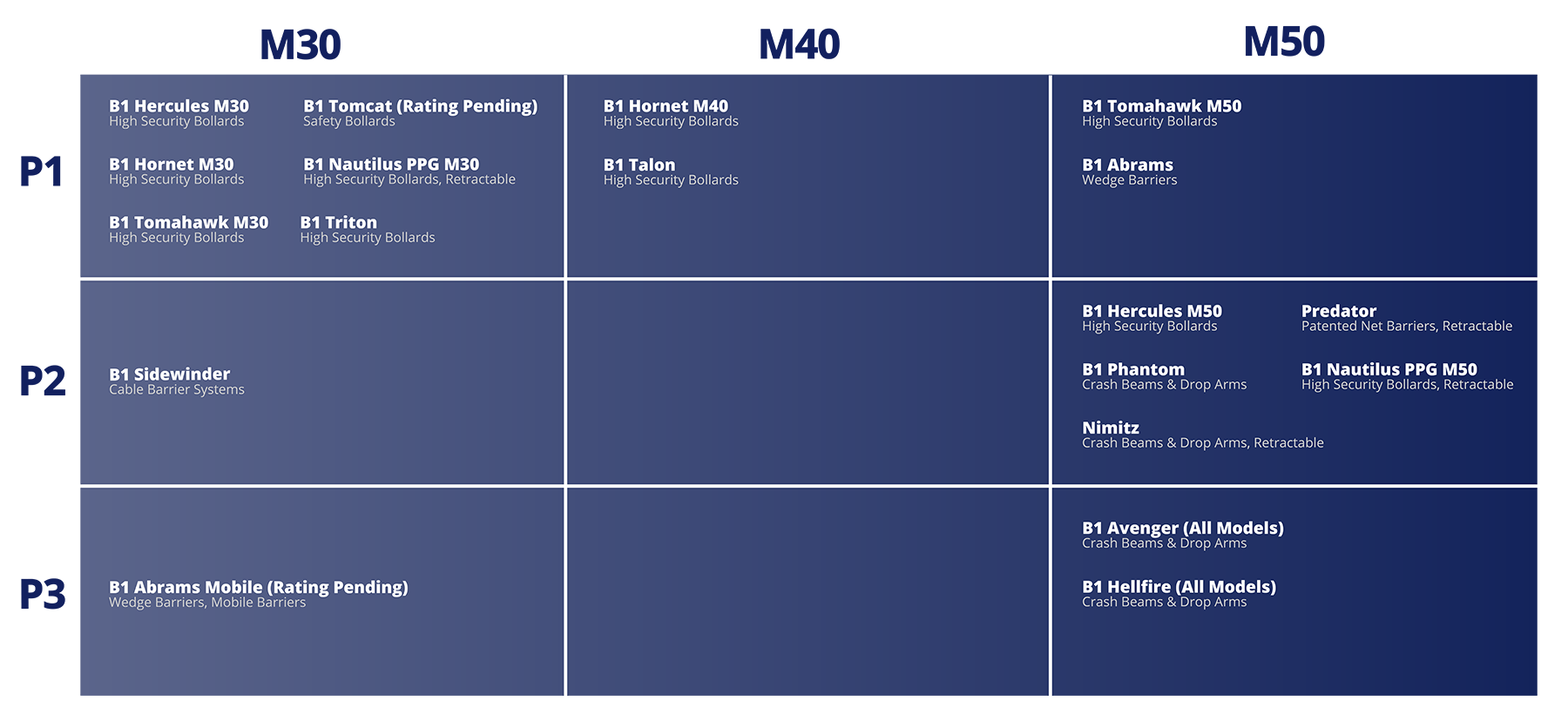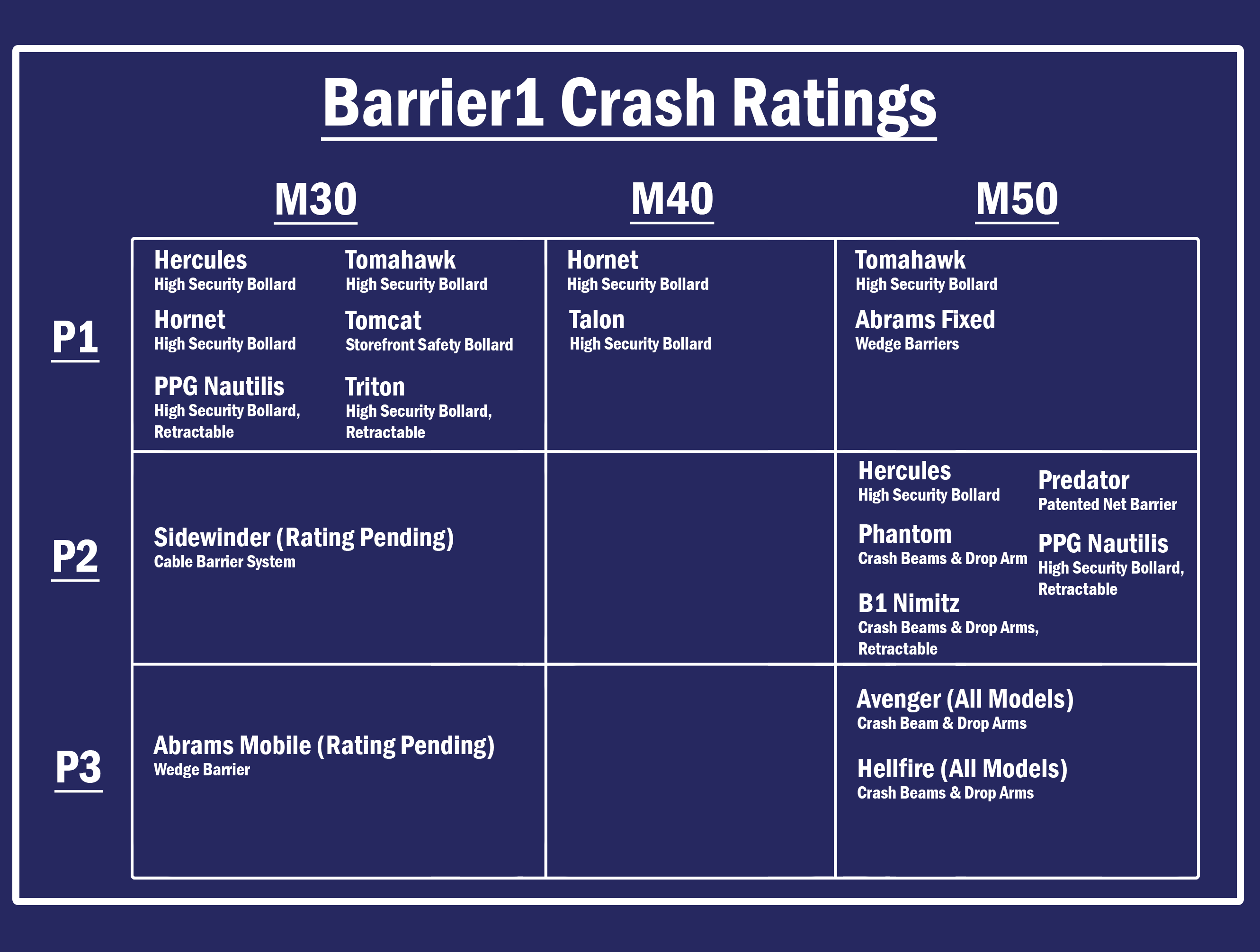The Ultimate Guide To Crash Beams
Table of Contents4 Easy Facts About Crash Beams Shown4 Simple Techniques For Crash BeamsCrash Beams Fundamentals ExplainedAll about Crash BeamsThe Facts About Crash Beams Revealed
High beams profit chauffeurs on dark roadways during the night and at various other times when it is hard to see (Crash Beams). Inappropriate high light beam usage might be hazardous. In Ontario, there are legislations to specify correct use high light beams to help prevent hazards that could lead to a severe accidentNonetheless, making use of sound judgment, you can utilize your high light beams securely also if you are uncertain of the range. As an example: When you adhere to one more car, turn your high light beams off. Lower your high beams when you see the fronts lights of oncoming traffic, Reduced your high light beams when increasing a hill Improper high beam of light use creates threats for vehicle drivers in oncoming cars and the drivers that incorrectly use them.
In this scenario, drivers are most likely to crash into other lorries. Chauffeurs may likewise miss out on other items or threats in the roadway. Misuse of high light beams may also cause motorists to misjudge: Exactly how much range they need to brake motorists in this circumstance might be unable to quit in time to stay clear of an accident.
Irritability can swiftly intensify right into even more hazardous behaviour. All motorists owe a duty of care to protect against harm to others. Each instance is various.
Some Known Factual Statements About Crash Beams

, where a looming crane has been brought in, and a big number of crew vehicles and vehicles are blocking the roadway. Some lorries deal far better than others with much more severe side accidents
, indicating that there is still room area more even more. Side airbags, which today are conventional on a lot of brand-new guest vehicles, are developed to maintain people from colliding with the inside of the car and with things outside the vehicle in a side accident.

To fill this gap, we initiated our own test with a various barrier one with the height and shape of the front end of a regular SUV or pickup at the time (Crash Beams). NHTSA barrier, displayed in yellow, superimposed over the taller obstacle made use of in the initial IIHS test In 2021, IIHS revamped its test with a more extreme crash and a much more reasonable striking barrier
Crash Beams Fundamentals Explained
It is closer to the ground and read the full info here shorter than the advice initial IIHS obstacle however still more than the NHTSA obstacle. Upgraded (left) and original IIHS side examination obstacles In our initial examination, a 3,300-pound obstacle with the approximate elevation of an SUV hit the chauffeur side of the car at 31 mph.
As an outcome of these adjustments, the brand-new test includes 82 percent much more energy than the initial test. The honeycomb surface area of the obstacle in the 2nd test is additionally different. Like actual SUVs and pick-ups, the new obstacle often tends to flex around the B-pillar in between the vehicle driver and rear passenger doors.
The owner room can be compromised by doing this even if the vehicle has a solid B-pillar. In both examinations, 2 SID-IIs dummies standing for tiny (fifth percentile) ladies or 12-year-old children are placed in the driver seat and the rear seat behind the driver. IIHS was the very first in the United States to use this smaller sized dummy in a test for customer info.
Shorter chauffeurs have a better possibility of having their heads come into call with the front end of the striking automobile in a left-side crash. Designers look at 3 elements to establish side ratings: vehicle driver and passenger injury actions, head security and structural efficiency. Injury steps from the 2 dummies are used to determine the chance that residents would certainly suffer substantial injuries in a real-world accident.
An Unbiased View of Crash Beams

To fill this space, Website we started our very own test with a different barrier one with the elevation and form of the front end of a typical SUV or pick-up at the time. NHTSA obstacle, received yellow, superimposed over the taller obstacle made use of in the original IIHS examination In 2021, IIHS overhauled its examination with a much more serious crash and a more reasonable striking barrier.
It is closer to the ground and much shorter than the original IIHS barrier but still more than the NHTSA obstacle. Upgraded (left) and original IIHS side test barriers In our original test, a 3,300-pound obstacle with the approximate height of an SUV hit the motorist side of the lorry at 31 miles per hour.
As a result of these changes, the brand-new test includes 82 percent a lot more power than the original test. The honeycomb surface of the barrier in the 2nd examination is additionally various. Like genuine SUVs and pickups, the brand-new obstacle has a tendency to bend around the B-pillar in between the chauffeur and rear traveler doors.
Crash Beams Things To Know Before You Get This
The passenger room can be compromised this method even if the vehicle has a solid B-pillar. In both tests, 2 SID-IIs dummies representing small (fifth percentile) women or 12-year-old children are positioned in the driver seat and the back seat behind the vehicle driver. IIHS was the first in the United States to use this smaller sized dummy in a test for consumer information.
Shorter vehicle drivers have a higher chance of having their heads come into call with the front end of the striking automobile in a left-side crash. Engineers look at three variables to figure out side scores: motorist and passenger injury actions, head defense and architectural performance. Injury steps from both dummies are used to determine the possibility that residents would certainly receive substantial injuries in a real-world accident.
If the car has air bags and they perform properly, the paint should end up on them. In situations in which the barrier strikes a dummy's head during influence, the dummy normally tapes really high injury measures. That might not hold true, nevertheless, with a "close to miss out on" or a grazing get in touch with.